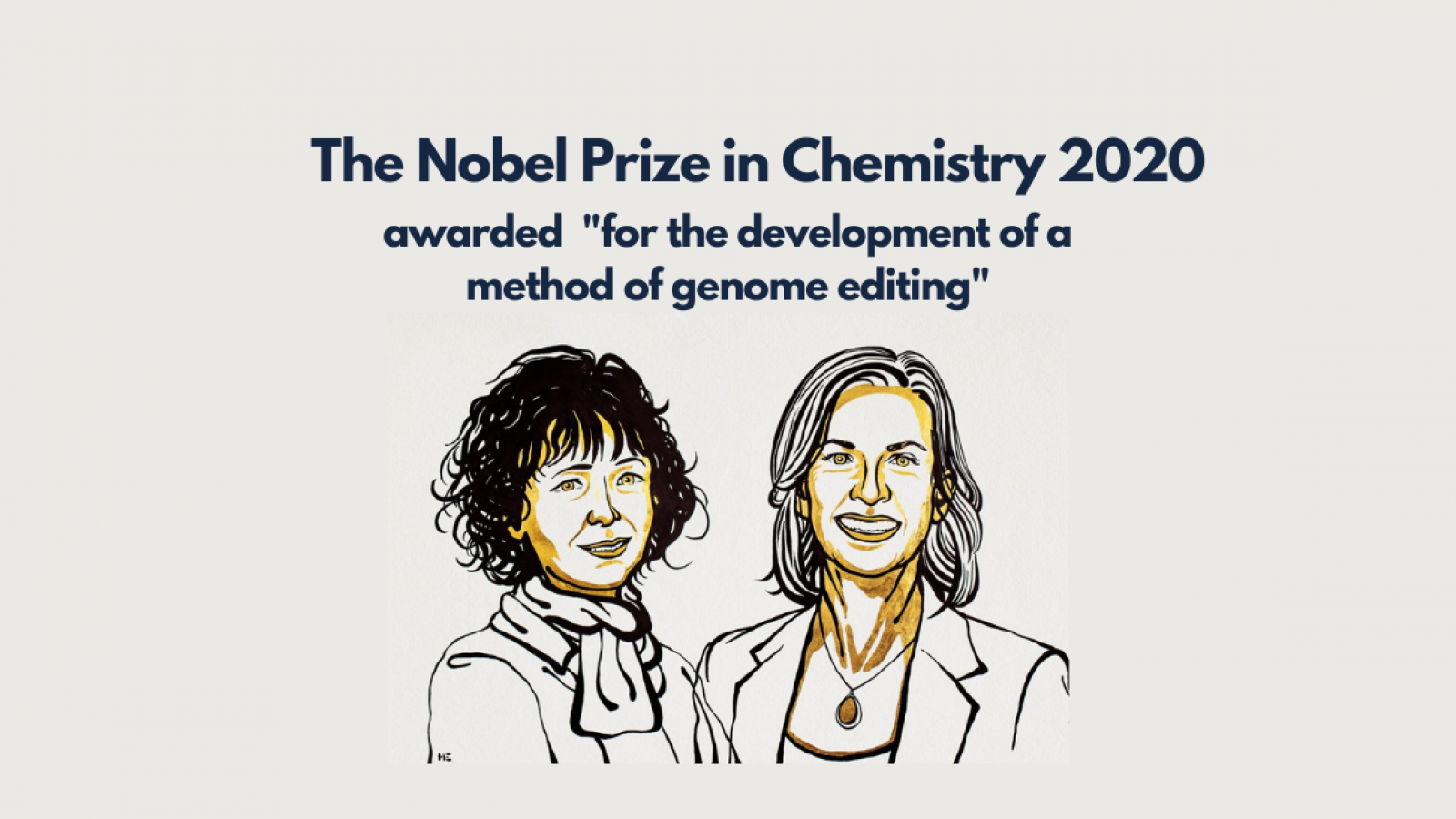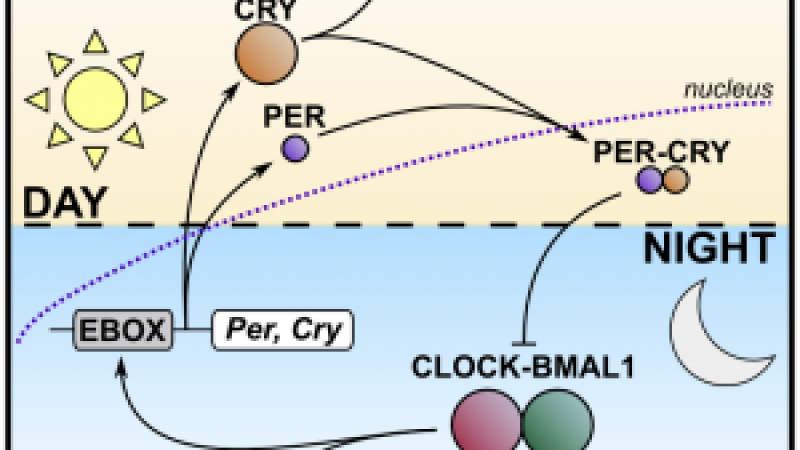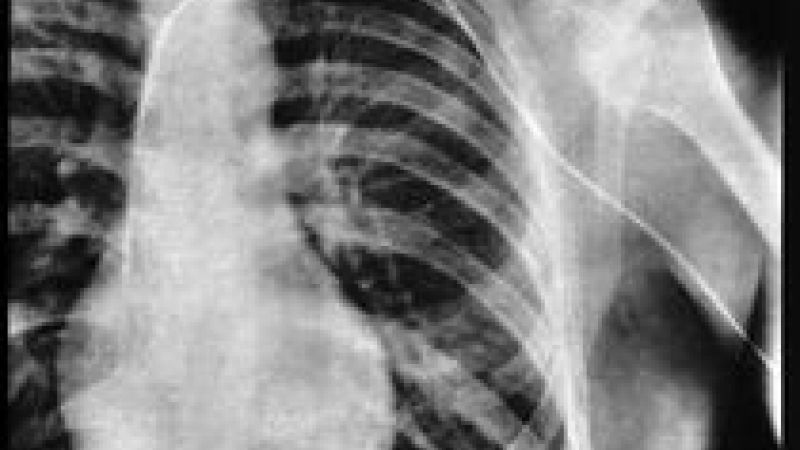Emmanuelle Charpentier and Jennifer A. Doudna were awarded the 2020 Nobel Prize for Chemistry “for the development of a method for genome editing”
Emmanuelle Charpentier and Jennifer A. Doudna discovered the CRISPR/Cas9 'genetic scissors'. Using these, researchers can change the DNA of animals, plants and microorganisms with extremely high precision. This technology has had a revolutionary impact on the life sciences, is contributing to new cancer therapies and may make the dream of curing inherited diseases come true.
As so often in science, the discovery of these genetic scissors was unexpected. During Emmanuelle Charpentier’s studies of Streptococcus pyogenes, one of the bacteria that cause the most harm to humanity, she discovered a previously unknown molecule, tracrRNA. Her work showed that tracrRNA is part of bacteria’s ancient immune system, CRISPR/Cas, that disarms viruses by cleaving their DNA.
Charpentier published her discovery in 2011. The same year, she initiated a collaboration with Jennifer Doudna, an experienced biochemist with vast knowledge of RNA. Together, they succeeded in recreating the bacteria’s genetic scissors in a test tube and simplifying the scissors’ molecular components so they were easier to use.
In an epoch-making experiment, they then reprogrammed the genetic scissors. In their natural form, the scissors recognise DNA from viruses, but Charpentier and Doudna proved that they could be controlled so that they can cut any DNA molecule at a predetermined site. Where the DNA is cut it is then easy to rewrite the code of life.
Since Charpentier and Doudna discovered the CRISPR/Cas9 genetic scissors in 2012 their use has exploded. We can see this in the number of genetically modified animals used in research - particularly mice.
In medicine the dream of being able to cure inherited diseases is becoming reality. But this tool will also contribute to increasing crop yields which in the end might be its greatest impact.
https://www.nobelprize.org/prizes/chemistry/2020/press-release/
Last edited: 29 July 2022 13:50







